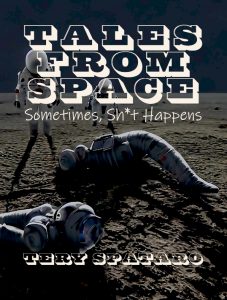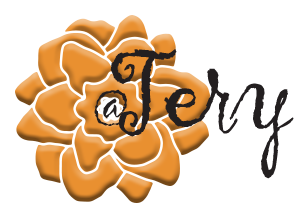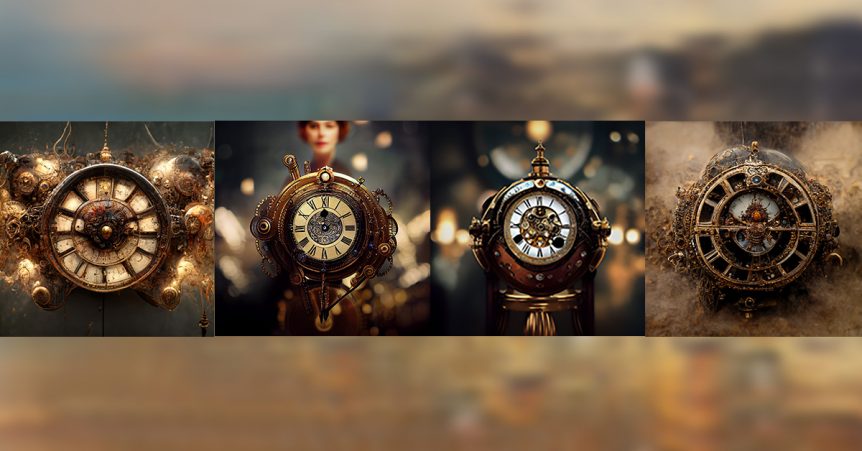Art has been a part of human society for thousands of years. But the nature of what it means to be an artist has changed dramatically over time. From the cave paintings of prehistoric times to the renaissance artists who pioneered perspective in their work to the conceptual artists who blurred the lines between art and life, we’ve seen an evolution in how people create.
Art is About Creating Something New
There are many ways to define what makes someone an artist, but one thing is clear: art is about creating something new.
Creating with AI has opened a world of creativity that might have previously been inaccessible to many people. For example, artists can use algorithms to generate imagery and animation instead of designing everything themselves. The challenge is finding an algorithm that meets your style—and there are many options!
Types of AI Services
Some services are explicitly focused on generating adversarial networks (GANs), while others are focused on creative adversarial networks (CANs) like Playform. Both can produce pictorial art or movies, and they all have different strengths when it comes to different styles or genres of art (like anime-style characters versus realistic depictions). If you are interested in writing, your choice is GPT3 (Generative Pre-trained Transformer), a deep-learning neural network model trained on over 175 billion machine-learning parameters. And GPT4 is coming soon, which will be even more advanced.
AI Art and Creators
The art produced by the community of creators and artists using AI is inventive, thought-provoking, intelligent, and visionary. However, the technological applications to create these works require deep consideration of prompt engineering.
Defending Creation
I can’t tell you how often someone has asked me, “Did you create that, or did an AI?”
The answer is both. When I work with AI, it’s like using Adobe Photoshop or another software program. The difference is that with AI, the tool dictates what I do and how I do it—it’s not up to me to decide where to start or how to end. The only thing left for me is to give the tool direction by telling it what kind of art I want to make and then letting it run wild!
Traditional Art Making
But even though using AI is so different from other types of art-making, there are still some things we can learn from other forms of art-making when working with AI. For example, when you’re creating with AI, you need to be able to defend your creations and stand by them even when people question them. But, of course, you also need to be able to defend your results in the first place!
I learned that when it comes to creating with AI, it is not about whether humans or machines did the work but how it fits into our culture today. Knowing this is what makes it so interesting!
I think machine art is also beautiful because there are many different ways to create something with a computer program or algorithm that can make beautiful art based on randomness and mathematical equations.
Criteria for Critiquing AI Art
Recently I was asked to discuss the criteria for critiquing AI Art. Traditional art critiques begin with this type of framework:
- Description
- Analysis
- Interpretation
- Judgment
Understand the art’s elements (tools) and principles (methods).
Because AI creation is not traditional, the details need an update, and I propose these new elements.
New Elements
- Intent
- Define the purpose of your art
- For example
- Aesthetics
- Emotional
- Political
- Cultural
- Audience
- Who is the audience?
- Style
- What type of art are you creating?
- For example
- Abstract
- Surrealism
- Realism
- Technical Development
- GAN
- CAN
- Combination of GAN/CAN & human
- Output
- still, animation, video, music, pdf, dance, game, book, fashion, environment, digital, physical
Then apply the framework.
As a creator using AI, what do you think about the criteria for critiquing our work?
Book Project
Lucid Dreamer and I are documenting AI creation with a book. “Creators Using AI” offers a first and unique experience of applying artificial intelligence (AI) to the art creation process. As artificial intelligence has grown, creators have begun using technology to make new art. The book explains how to apply AI services and tools in creating artwork, the forms of art, and the output.
The book’s first part is dedicated to essays, beginning with Humans in the Loop, Imagination in the Age of AI, and Has Artificial Intelligence Become Sentient? History of Creative AI and Applications. The last half allows creators to discuss themselves, their art, their purpose, and their tools.
If you would like to participate, please fill out this form.
Tery’s Latest Project
 Tales from Space, Sometimes Sh*t Happens.
Tales from Space, Sometimes Sh*t Happens.
About the Artist
I lead a dual life: Leading Strategist and Futurist, and Creator using AI
I began my passion for creativity and storytelling as a traditional artist in 1982. I explored the fragmentation of humanity. I had fourteen showings across the US. My art was mixed media large-scale format and 3D models using found objects, acrylic paint, cardboard, and whatever I found on the streets of Manhattan.
I began my digital art career in 1986 and got online in 1989. During this time, I combined my physical art with digital art. My first digital creative piece was the “Creation of Angels,” an eight-piece series dedicated to the memory of my brother Tony who died of HIV in 1990.
The digital art from the Creation of Angels was featured in the up-and-coming artists’ exhibit in New Haven, Connecticut, in 1992. “She Heard the Words of Angels,” a piece from the Creation of Angels, was published in 1994 in “Becoming a Computer Artist” by Chad Little, SAMS publishing. In 1997, I turned the Creation of Angels eight-piece series into a web poem for the “Day Without Art.”
First Digital Persona
As my digital career took off, I created a one-woman virtual persona opera called dChurch. I made the blog, wrote the journals, designed the animated pieces, and included video and audio for dChurch in 1996. By mid-1998, dChurch was viewed by millions monthly. Pratt Institute celebrated dChurch in 1998. However, the virtual persona, dChurch, created controversy and overexposed too much. In 1999, I was politely advised to retire from the much-beloved commedia dell’arte.
Present
From 2010 to the present, I found a love for creative book-making and storytelling. The first piece I wrote and illustrated was The Other Side of the Box, published in 2010. The Other Side of the Box honors the philosophy of Erwin Schrodinger, father of quantum mechanics. I have ten published books. I lost count after 1,000 products using my AI art. I’m a creator using AI to tell stories.
- BFA Paier College of Art / Albertus Magnus College
- Studied with Leonard E Fisher, John Massimino, Jean Day Zallinger
- MFA uncompleted Pratt Institute
- Studied with Kent Floeter
- MBA / Marketing Regis University
- Taught Pratt Institute 1996-1997, SVA 1997-1998, Regis University 2010-2016
- Lecturer Hamburg, Germany, NYU Stern. Albertus Magnus College, UNF OLLI

